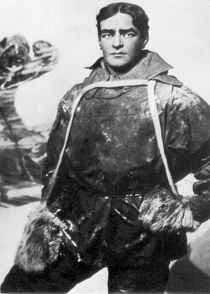Take a walk with us
Categories: s1 and s2, Urban
Lessons are going in cycles again, round to using this and this and lots of contrasting images for working out whether Brazil is rich or poor, Higher are doing urban mapwork (might use this) and s2 are starting some work on Environmental Issues. One thing that I liked the look of today was this, which referenced James Howard Kunstler, who helped our s1 lesson indirectly a while ago. It strikes me that this would be a great student project for a virtual fieldwork exercise? For instance, we used streetview for Higher a week or so ago to compare parts of the inner city:
Street Cities - Free Mapping and Street View Tools
We won't have time to do this now, but what would have been useful was for students to podcast on their comparisons and what features of inner cities these locations illustrated.




 I didn't stop (Chicken nuggets happy meals were being demanded), but had I taken a photo, the image, I'm pretty sure from my reading, would have appeared along the track where it had been taken. There was also an option to download a kml file for Google Earth, which you can see in the image at the top of the post. Overall, this is something that I think would be really useful for documenting fieldwork easily. Incidentally, the phone is also set to geotag photos so that if, for instance, I uploaded a picture to
I didn't stop (Chicken nuggets happy meals were being demanded), but had I taken a photo, the image, I'm pretty sure from my reading, would have appeared along the track where it had been taken. There was also an option to download a kml file for Google Earth, which you can see in the image at the top of the post. Overall, this is something that I think would be really useful for documenting fieldwork easily. Incidentally, the phone is also set to geotag photos so that if, for instance, I uploaded a picture to 











